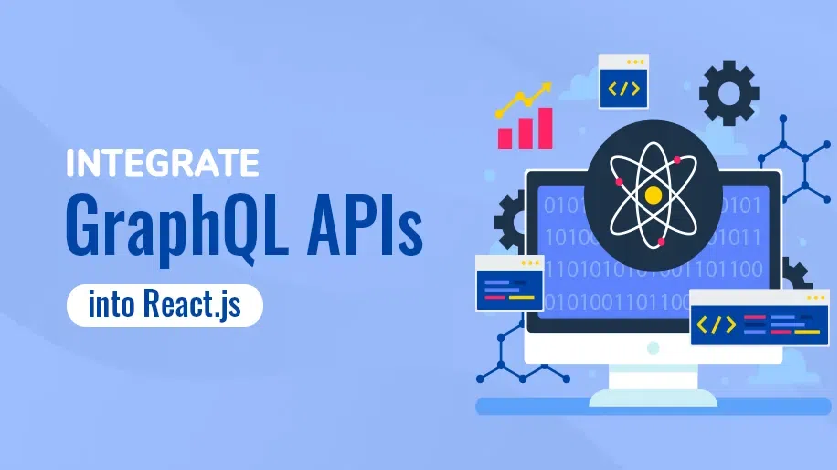Many organizations nowadays use different coding languages for application development. If we talk about some of the languages that are used widely have gained popularity due to their flexible nature. Well, GraphQL is one such language that has gained popularity due to its flexibility and efficiency. But when Integrating GraphQL with React, a powerful JavaScript library for building user interfaces, it offers a strong solution for data fetching and management.
If you want to benefit from it, you need to take the React Course. So for this, you can read this article, which will guide you through the powerful JavaScript library for building user interfaces. Also, it offers a strong and scalable solution for data fetching and management. But before going ahead, let’s understand what is GraphQL and React.
What are GraphQL and React?
GraphQL:
It’s a tool that helps you ask for exactly the data you need from a server, without getting too much or too little. Also, it has a strong type system that ensures data consistency and prevents errors. Most of the GraphQL APIs operate on a single endpoint, simplifying API management.
React:
It is a language that mainly focuses on building user interfaces declaratively, making code more readable and maintainable. Also, it promotes a component-based approach, enabling modular and reusable code. And if we talk about its Virtual DOM, it optimizes updates, leading to better performance.
Setting Up the Environment:
Well, if you have React JS Certification, you can successfully integrate GraphQL with React. Because you should have an understanding of both of the languages that can help in taking steps for further process.
-
Create a React Project:
Use Create React App to quickly set up a new React project:
| Bash
npx create-react-app graphql-react-app |
-
Install Dependencies:
Install the necessary dependencies for GraphQL integration:
| Bash
cd graphql-react-app npm install apollo-boost graphql |
Creating a GraphQL Server
-
Set Up Server:
Create a separate file (e.g., server.js) to set up the GraphQL server:
| JavaScript
const express = require(‘express’); const { ApolloServer, gql } = require(‘apollo-server-express’); // GraphQL schema const typeDefs = gql` type Query { hello: String } `; // GraphQL resolvers const resolvers = { Query: { hello: () => “Hello from GraphQL!” } }; const server = new ApolloServer({ typeDefs, resolvers }); const app = express(); server.applyMiddleware({ app }); app.listen({ port: 4000 }, () => console.log(`🚀 Server ready at http://localhost:4000${server.graphqlPath}`) ); |
-
Start the Server:
Run the server:
| Bash
node server.js |
Integrating GraphQL with React
-
Create a GraphQL Client:
In your React component, create a GraphQL client using ApolloClient:
JavaScriptimport { ApolloClient, InMemoryCache } from ‘@apollo/client’; const client = new ApolloClient({ uri: ‘http://localhost:4000/graphql’, cache: new InMemoryCache() }); |
-
Fetch Data:
You can use the useQuery tool to get data from a GraphQL server.:
JavaScriptimport { useQuery, gql } from ‘@apollo/client’; const HELLO_QUERY = gql` query Hello { hello } `; function MyComponent() { const { loading, error, data } = useQuery(HELLO_QUERY); if (loading) return <p>Loading…</p>; if (error) return <p>Error: {error.message}</p>; return <p>{data.hello}</p>; } |
From the above discussion, we can say that, if you integrate GraphQL with React, it can benefit your organization. So if you have learned the React Course, it is worth the investment. And if you know and implement this integration in your company’s system you can be considered as one of the valuable assets to them.
Conclusion:
Well, if you integrate GraphQL with React, it offers a powerful and efficient way to build data-driven applications. If you follow the steps outlined in this guide, you can use the benefits of GraphQL’s query language and React’s component-based architecture to create robust and scalable user interfaces. Also when you successfully implement this system in your organization, it can be a reason for growth for the company and your career as well. So don’t wait long and learn this course to get your desired job in IT Sector.


